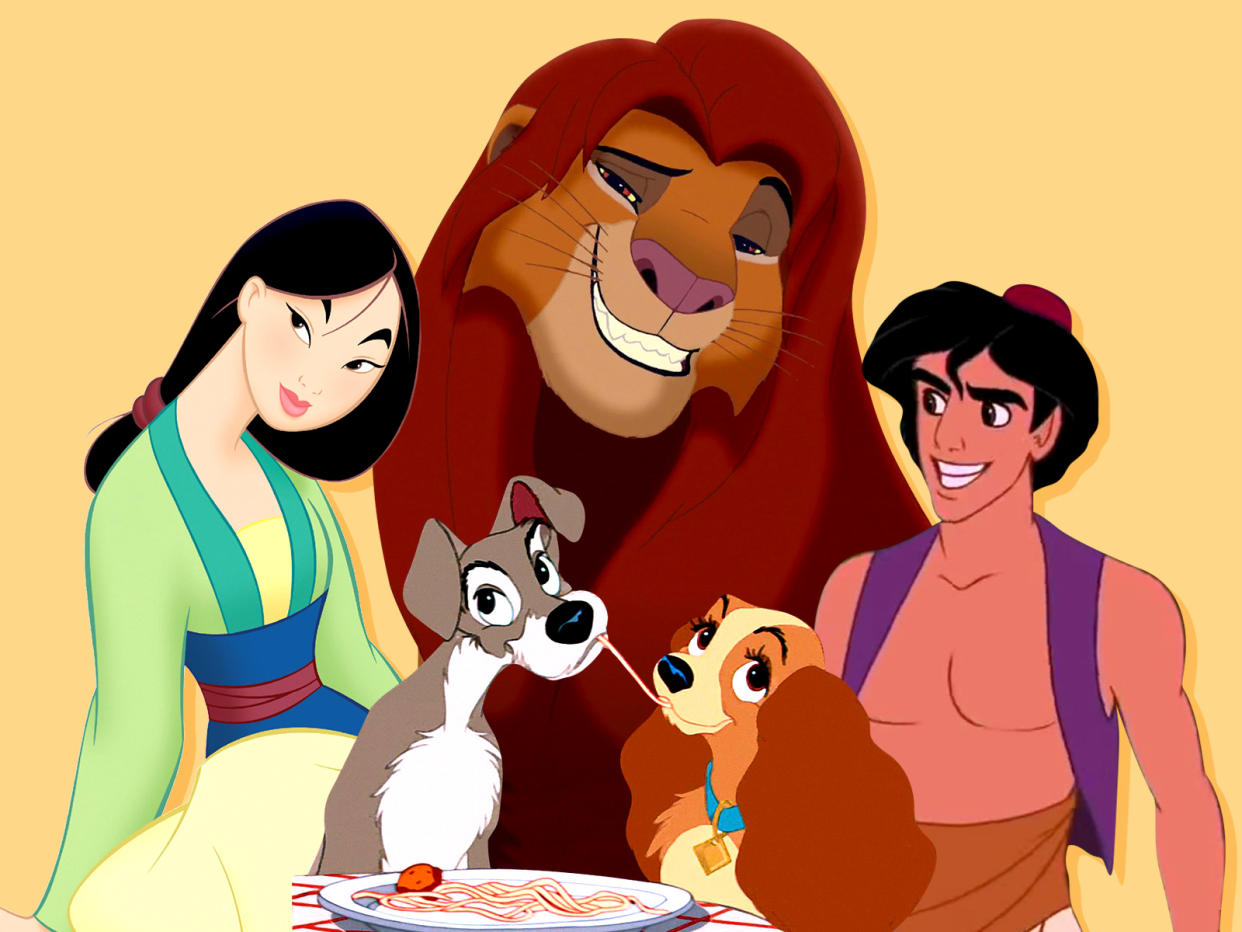Here’s Why Disney Is Remaking So Many of Its Animated Movies

Since the 1930s, Disney has defined generations of childhoods with their films. Now with the rise of CGI and 3D technology, Disney is turning their animated classics into live action spectacles. And with each remake, they see bigger success. [MUSIC] Coinage, life well spent. Presented by Geico. Disney first turned to Sleeping Beauty, originally released in 1959. It recounts the tale of a young princess forced into slumber by an evil fairy, and the prince who saves her with true love's first kiss. In 2014's Maleficent, the tale is told from the villain's perspective With superstar, Angelina Jolie, in the role of the possibly not so evil fairy, audiences certainly didn't sleep on this blockbuster. Disney waved their wands at the rags-to-riches tale of Cinderella. Originally released in 1950, a new version came out 65 years after the original classic. Teh renewed magic was a perfect fit for young audiences and got an Oscar nomination for best costume design along for earning a half a billion dollars worldwide. The Jungle Book, released in 1967, was an unlikely film for the studio at the time. Adapted from the Rudyard Kipling novel, it added an infusion of jazz culture with Louie Prima as a mad. King Orangatan. The 2016 traded Prima for Christopher Walken and went on to score nearly $1 billion worldwide. Beauty and the Beast was one of the biggest hits in Disney's vault and one of the defining films of an era that milennials worldwide remember fondly. Clearly, the petal hasn't fallen off the rose yet, as the remake starring Emma Watson brought in $1.3 billion worldwide and is currently the highest grossing movie of 2017. With reboots of Snow White, The Little Mermaid, Aladdin, The Lion King, and Mulan in development, Disney is eager to get a bit more magic out of these beloved stories. [MUSIC] Coinage. Life, well spent. Presented by GEICO.
It's a small world after all—and Disney's making it even smaller.
Now that we've got "It's a Small World" in your head (you're welcome), we'd like to draw your attention to the obscene amount of remakes and reboots Disney currently has in the works. Ready for this?
Dumbo, Aladdin, The Lion King, Mulan, Lady and the Tramp, The Sword in the Stone, Peter Pan, Pinocchio, Snow White and the Seven Dwarves, and The Little Mermaid. And that list doesn't even include spin-offs like Cruella or Prince Charming, go figure. If you rolled your eyes and are bemoaning the seemingly endless list of Disney remakes in the works (why do we need another Lady and the Tramp?) you've partially got intellectual property to thank.
Intellectual property (IP for short) is any story (in book, script, or other form) that a company has the rights to. When a business like Disney has IPs, it means it owns the stories, and can produce (and reproduce) them at its leisure, while others cannot.
Unsurprisingly, Disney has a lot of IPs. In fact, the company has been racking them up like IPs are going out of style, especially in recent years. Disney may or may not require a full-on IP intervention at this point, since it has invested billions of dollars in acquiring the IP rights to franchises like Marvel and Lucasfilms. The IP buying surge began in 2004, when Disney bought the Muppets. It continued with purchases of Pixar, followed by Marvel, Lucasfilm, and even the Indiana Jones franchise.
"Disney remains intent on discovering, rescuing, and rehabilitating precious pop culture artifacts so they can be found or rediscovered by audiences around the world—a modern-day Indiana Jones, indeed," declared Quartz in 2013.
RELATED: These Newborns Dressed as Disney Villains Make Bad Look Oh So Good
Alright, so it's clear that they can do this. But why choose to buy up already established franchises while investing in remakes, instead of green lighting other, perhaps more original scripts? It all has to do with the bottom dollar amount.
"Recently the industry has seen a solid string of success born out of rebooting or upgrading content from the past. This is a risk-averse strategy. You bank on content where people already have a sense of the characters, they have a sense of what the plot is, what the story is," FiveThirtyEight pop culture expert Walt Hickey told ABC.
VIDEO: Disney Parks 2018: 5 Magical New Attractions
"You are also asking them for two hours of their life. That ask isn't easy," he said. "They've found that ask is marginally easier when you say, 'Hey, remember that thing you liked? This new project incorporates some elements in that thing you liked.'"
Still, why not get audiences into new characters and plot lines instead? The answer is pretty straightforward, actually: MONEY. Disney is (literally) banking on people already liking the animated films it's remaking. If people already like it, there's a greater chance they will pay money to see it in another form, and they skillfully skip over the step that brand new stories face of drawing in a devoted audience from scratch.
RELATED: Nike Is About to Release a Sneaker Inspired by Cinderella's Glass Slipper
It doesn't help matters either that movie theater ticket prices have skyrocketed. According to Box Office Mojo, which tracks this ticket data, the average 2018 movie ticket is $9.27. A decade ago in 2008, it was $7.18, and a decade before that in 1998, it was a mere $4.69. The prices have increased steadily each year since then with no exceptions, and it's unlikely that will change.
If you're going to ask people to pay to see a movie today, you have a better shot at making money off it if you know there is an audience out there who already likes the franchise The ultimate end result of this? Remakes galore.
And you thought they were just out of ideas.

